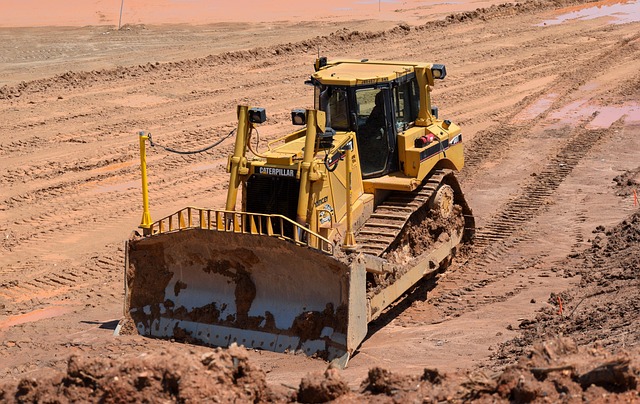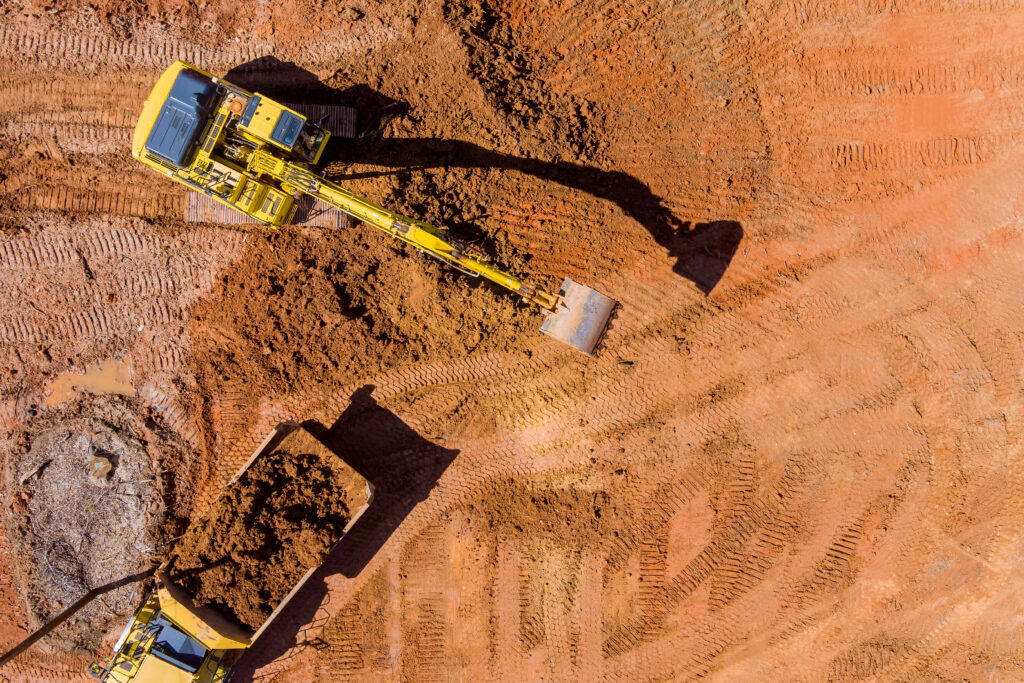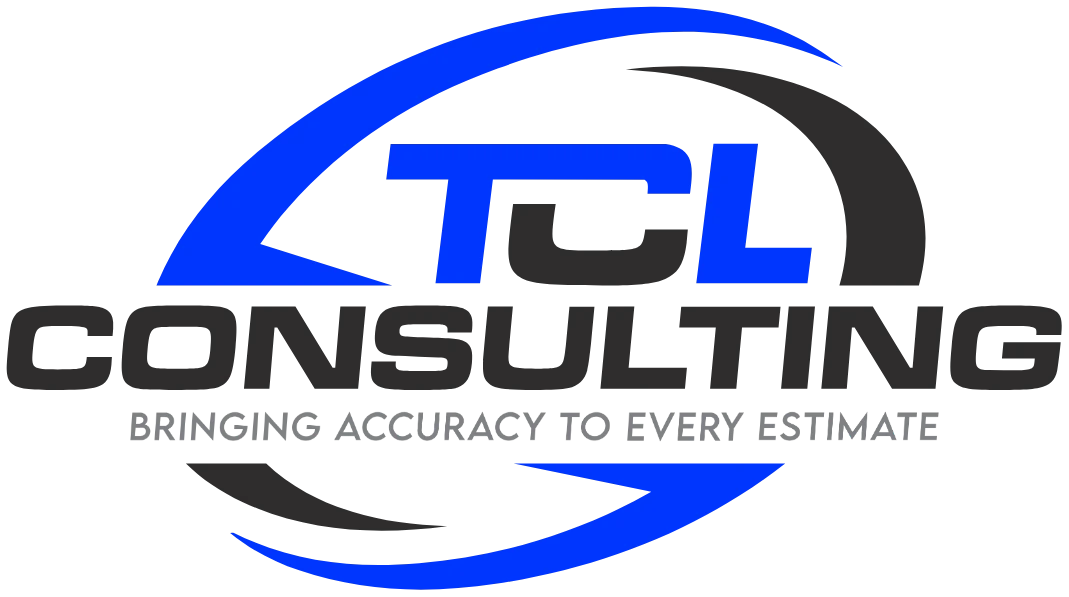
Intro:
Earthwork takeoffs are one of the most critical steps in construction planning. They guide your bids, shape your project schedules, and ensure you’re not moving more dirt than necessary. But even small mistakes in takeoffs can lead to costly overruns, delays, and frustrated crews. Inaccurate takeoffs can also impact the efficiency of on-site operations, leading to unexpected challenges during excavation and grading.
Here are the top 5 mistakes I’ve seen contractors make with earthwork takeoffs—and how to avoid them on your next project:

1. Ignoring Topsoil Stripping
Why It’s a Problem:
A lot of takeoffs miss the mark by not accounting for topsoil stripping before calculating cut and fill. This can lead to underestimated material volumes and surprise costs later. Topsoil is usually unsuitable for structural fill and must be removed before grading begins. Ignoring this step can lead to discrepancies in material volumes and affect site stability.
How to Avoid It:
Always factor in the depth of topsoil stripping and remove that layer before running cut/fill calculations. It’s a small step that makes a big difference. Conduct site visits to verify the topsoil depth and ensure accurate data is used in your calculations.
2. Misreading Contours and Spot Elevations
Why It’s a Problem:
Contours and spot elevations tell the story of the site, but misreading them can throw your entire grading plan off. Even a half-foot error can lead to thousands of yards of dirt being over- or under-estimated. Misinterpretations can also cause drainage issues, resulting in water pooling or improper runoff.
How to Avoid It:
Double-check your data. Use takeoff software that highlights elevation changes and makes spotting discrepancies easier. And don’t skip manual reviews—your eyes might catch what the software misses. Cross-reference contour lines with spot elevations to ensure consistency and accuracy.
4. Missing Subtle Design Slopes
Why It’s a Problem:
Subtle slopes for drainage or site grading are easy to miss but essential for proper water runoff and site performance. Failing to capture them can result in poor drainage, erosion, and costly rework. Even slight deviations from design slopes can affect the overall functionality of the site.
How to Avoid It:
Pay close attention to drainage plans and cross-sections. Highlight areas with specific slope requirements and ensure they’re reflected in your takeoff. Use 3D modeling software to visualize slopes and verify that design intentions are accurately represented.
5. Relying Solely on Manual Calculations
Why It’s a Problem:
Manual takeoffs are time-consuming and prone to human error. With so many variables in earthwork, one small mistake can cascade into larger issues. Relying solely on manual methods can also slow down the bidding process, putting contractors at a disadvantage.
How to Avoid It:
Invest in reliable takeoff software like Civil 3D, AGTEK, or Trimble Business Center. These tools speed up the process, reduce errors, and allow for easy adjustments when plans change. Training your team on these tools can further enhance accuracy and efficiency.

Bonus Tip: Verifying Existing Topography
Why It’s Important:
Relying solely on provided plans without verifying existing topography can lead to inaccurate takeoffs. Changes on-site, erosion, or incomplete surveys can result in discrepancies that impact your calculations.
How to Avoid It:
Use GPS rovers or drones to verify existing site conditions before starting your takeoff. This ensures that your base data is accurate and reflective of the current site, reducing the risk of errors.
Final Thoughts:
Accurate earthwork takeoffs can be the difference between a profitable job and one that runs over budget. By avoiding these common mistakes, you’ll bid smarter, plan better, and minimize surprises on-site. Proper planning not only saves money but also enhances project timelines and overall quality.
Need help with takeoffs? I specialize in providing precise earthwork and material takeoffs that help contractors bid competitively and avoid costly mistakes.
💬 Reach out today to get started on your next project!
